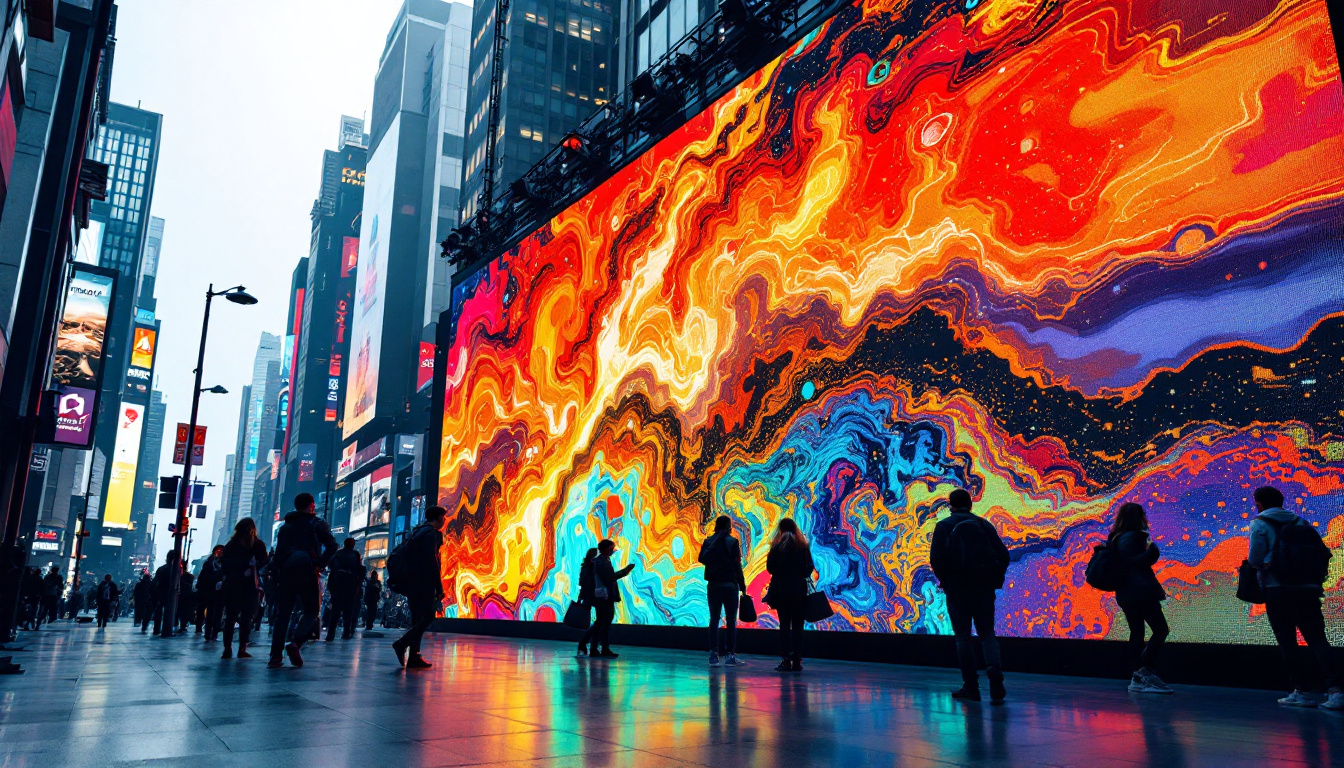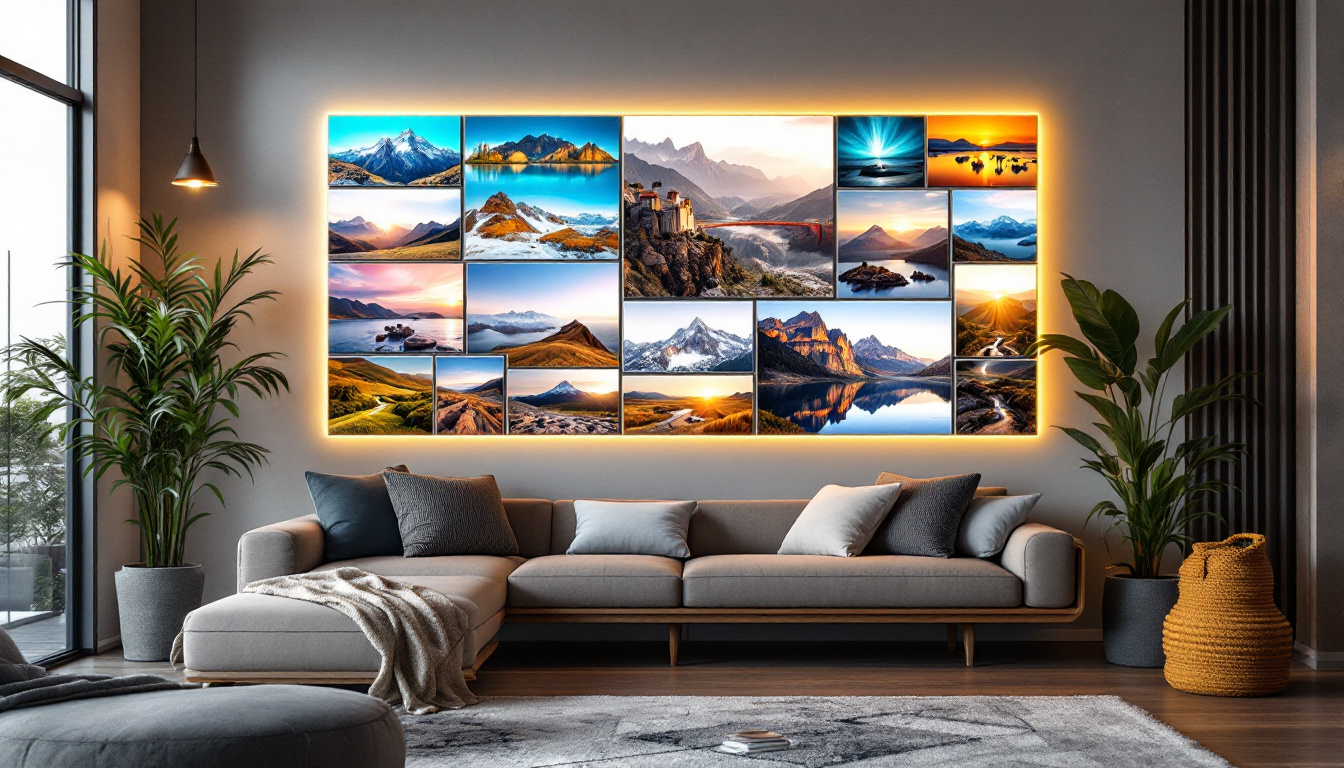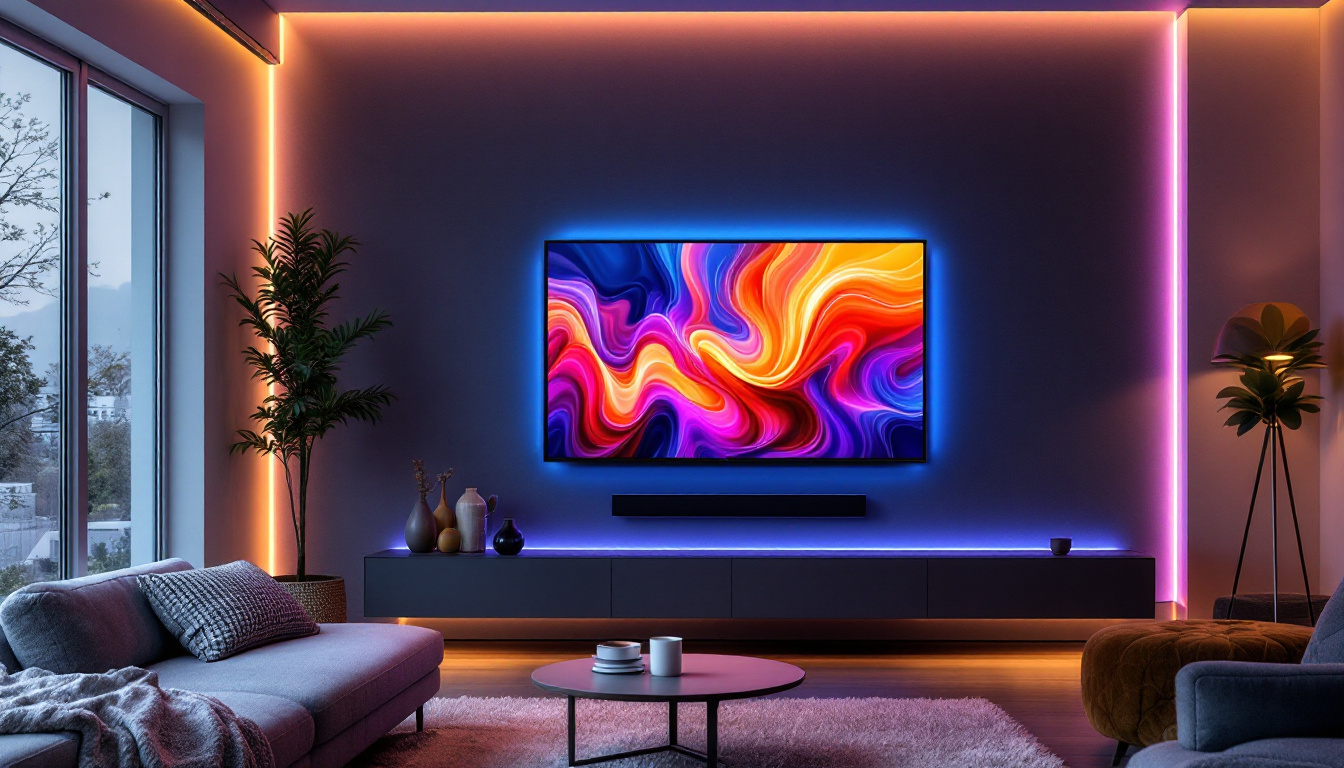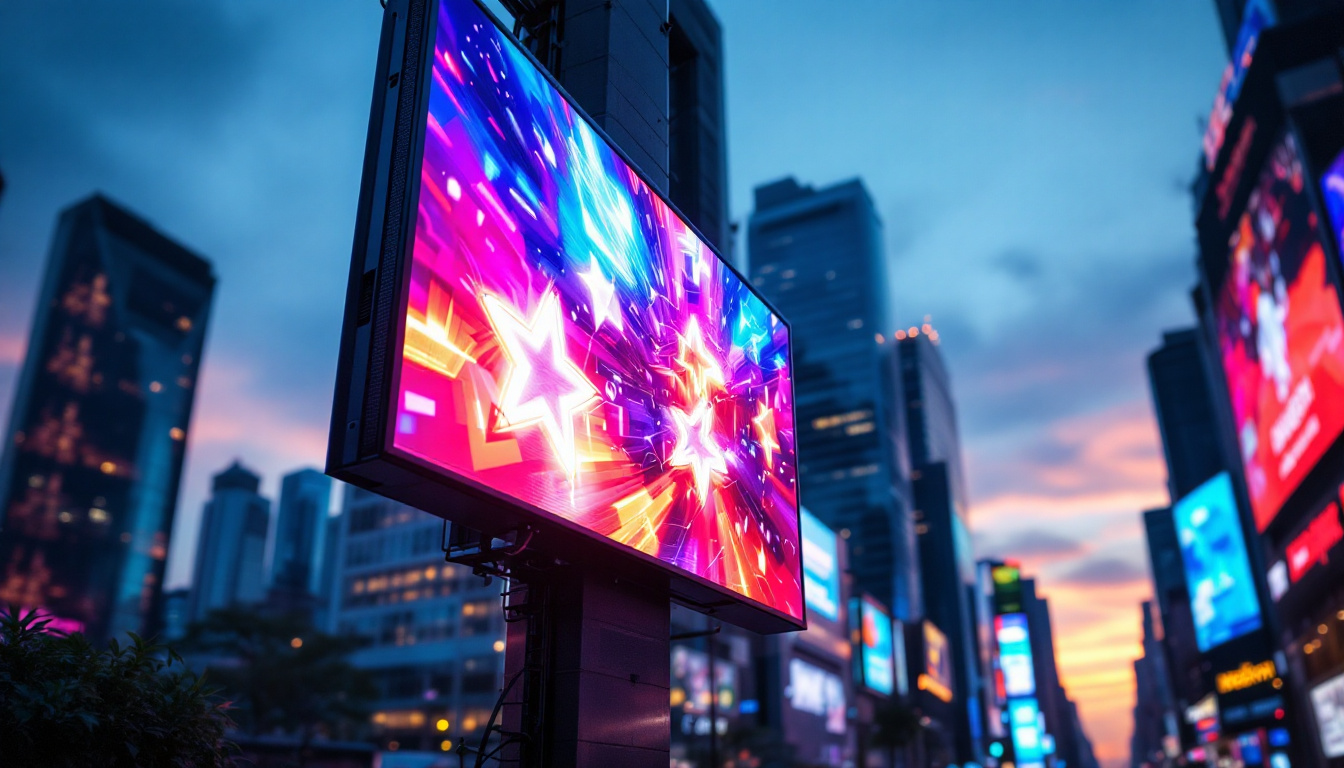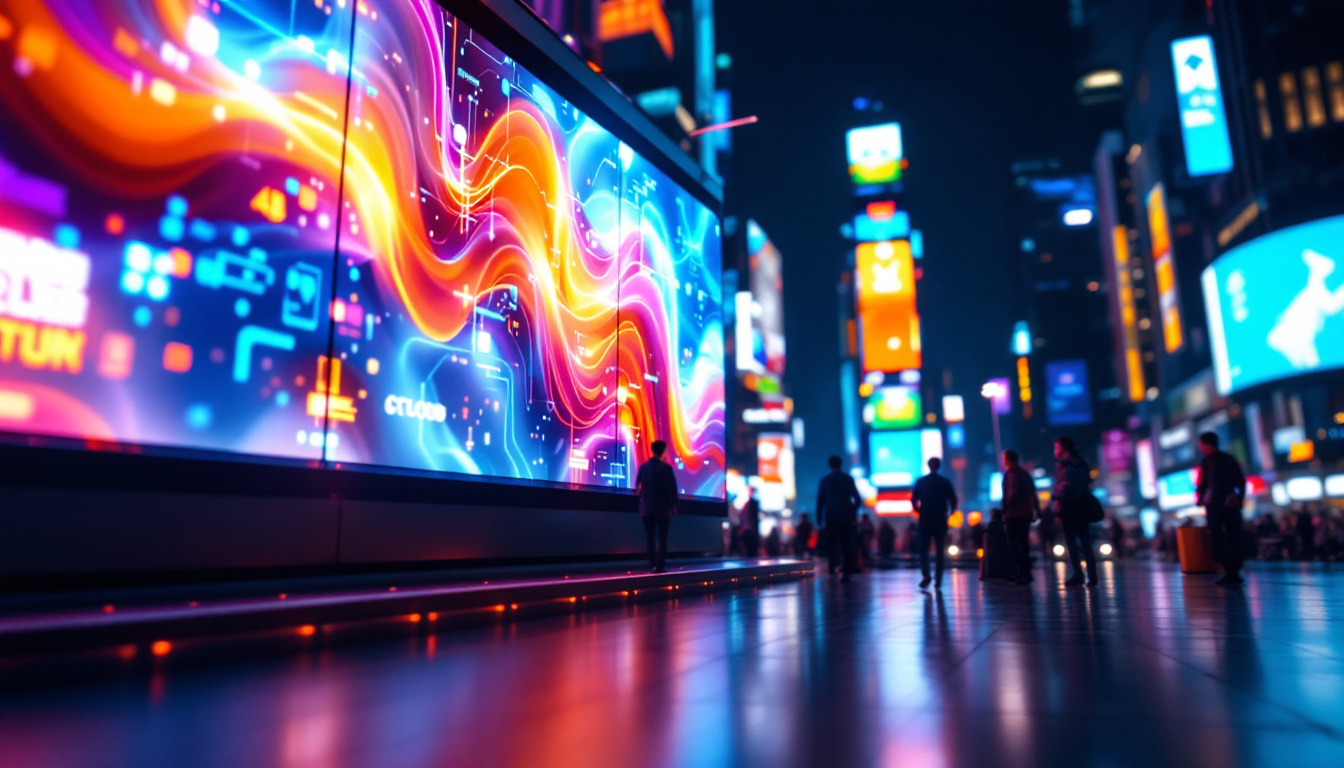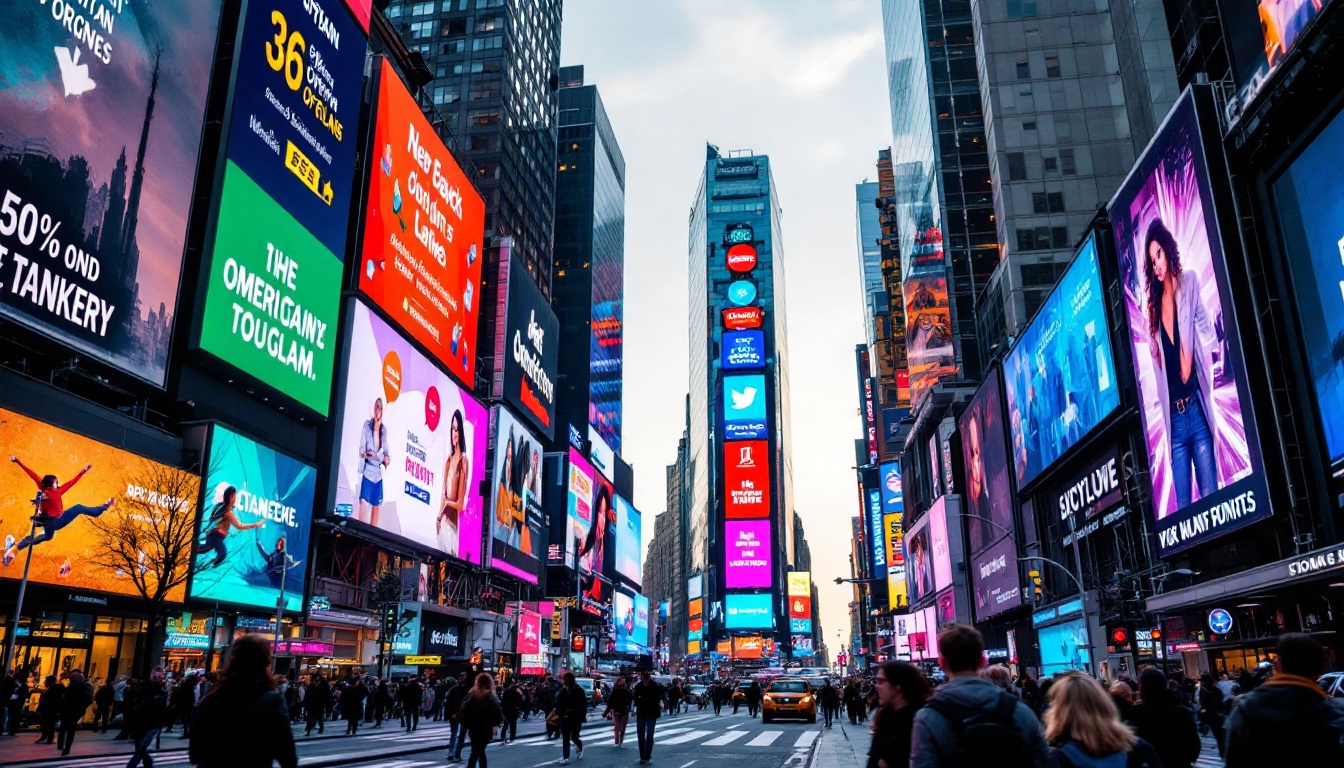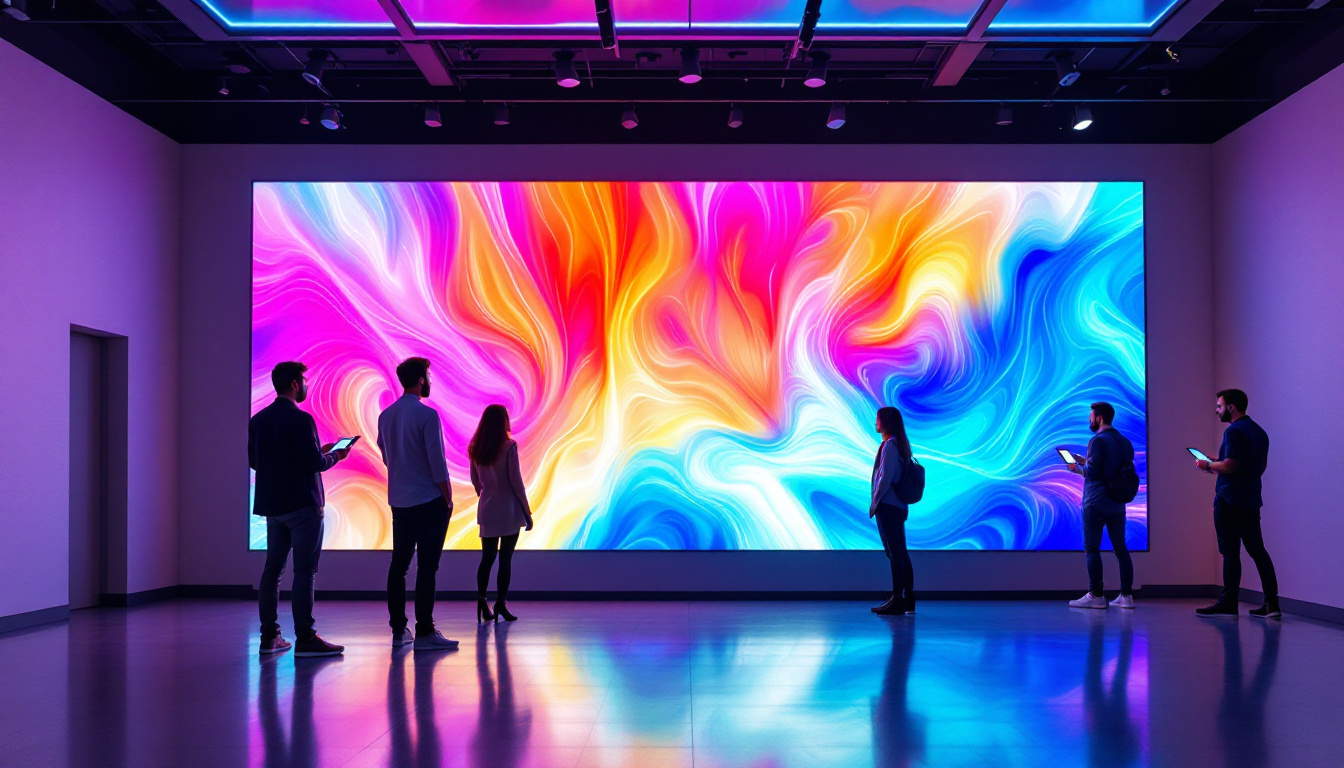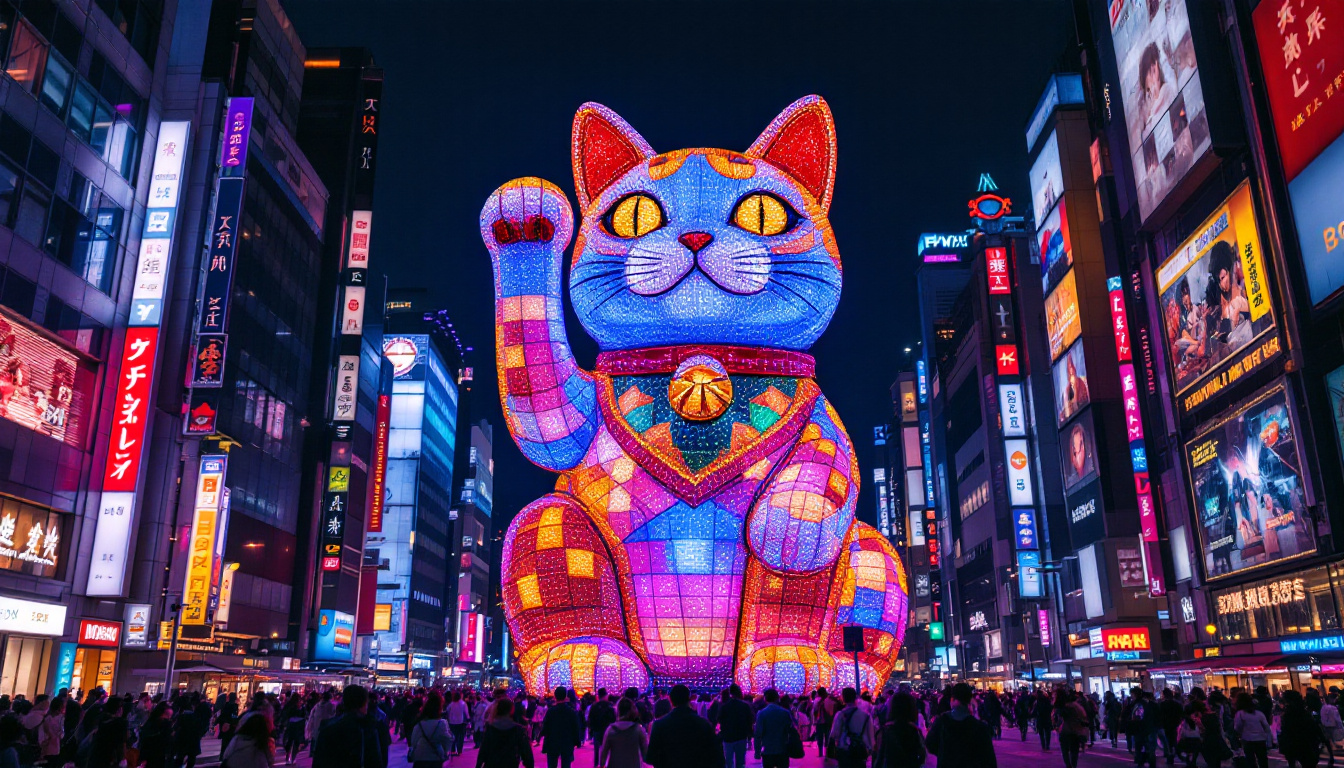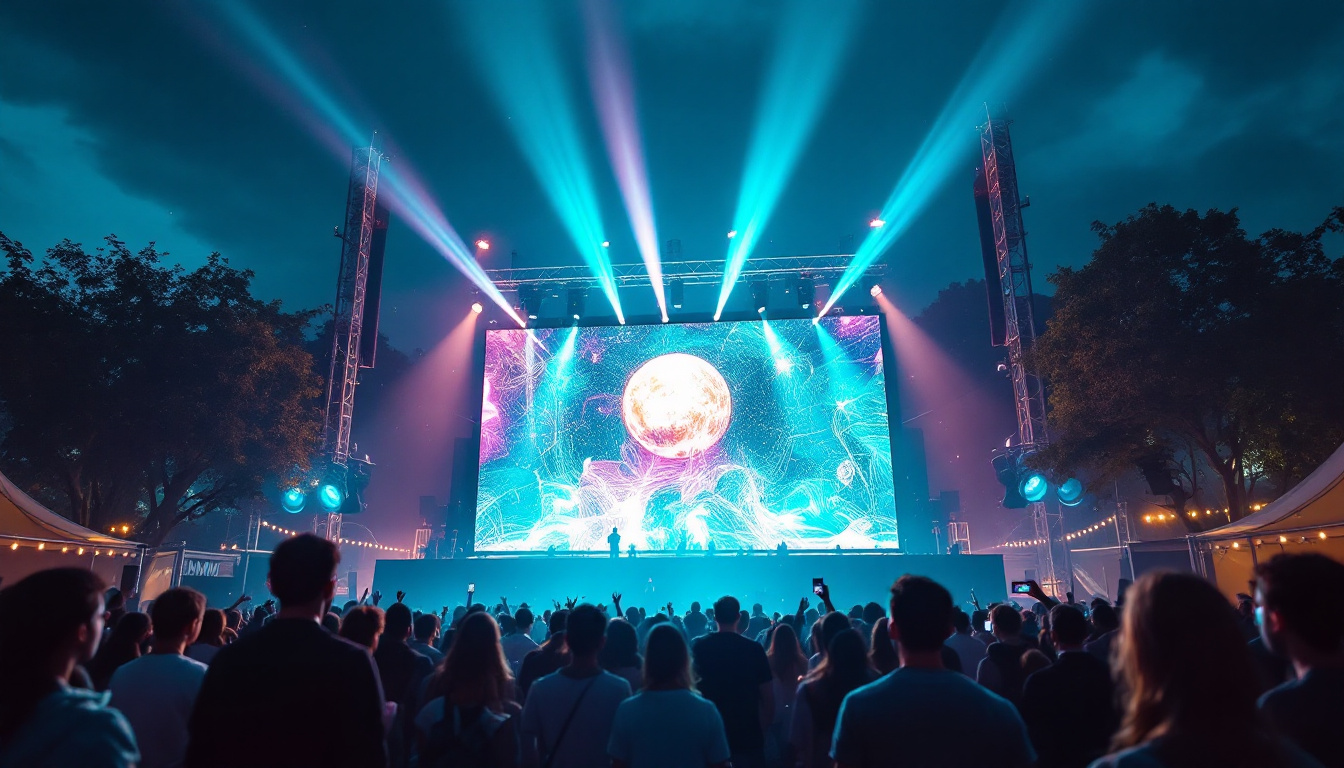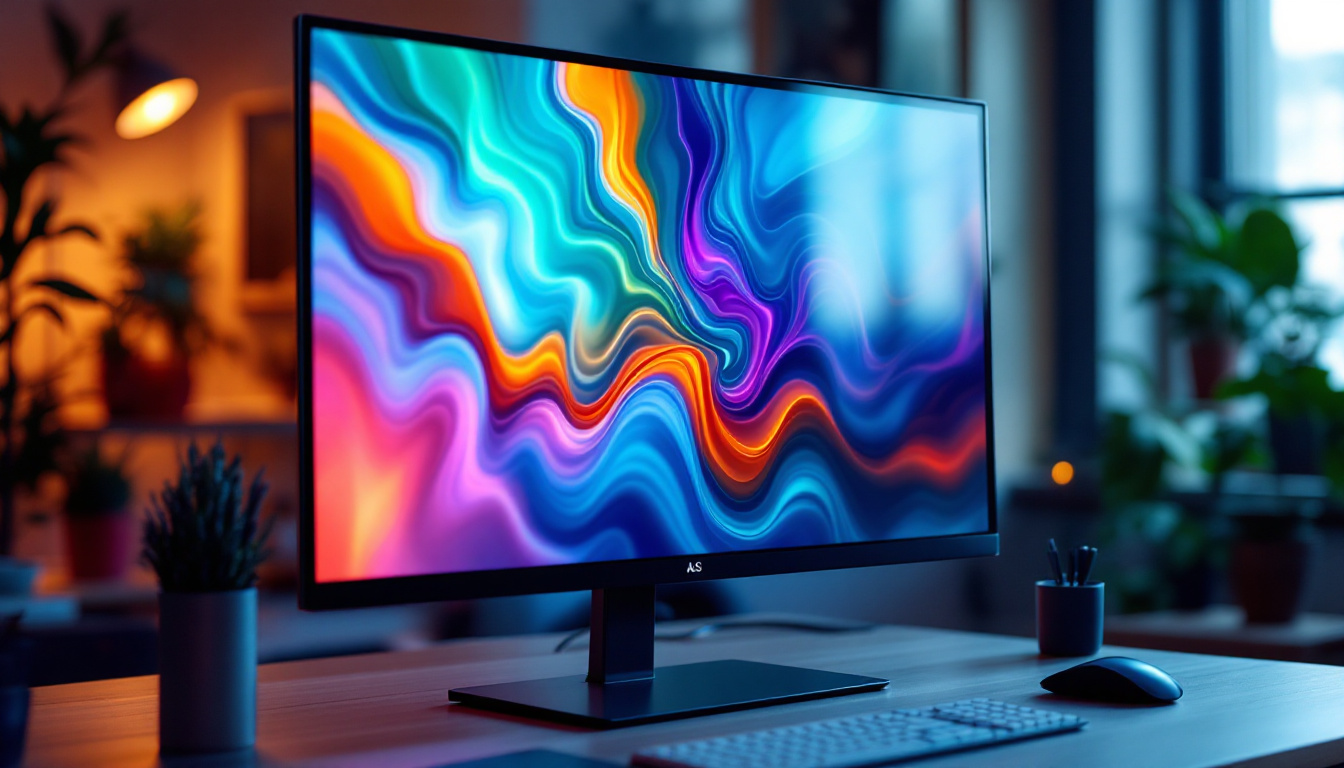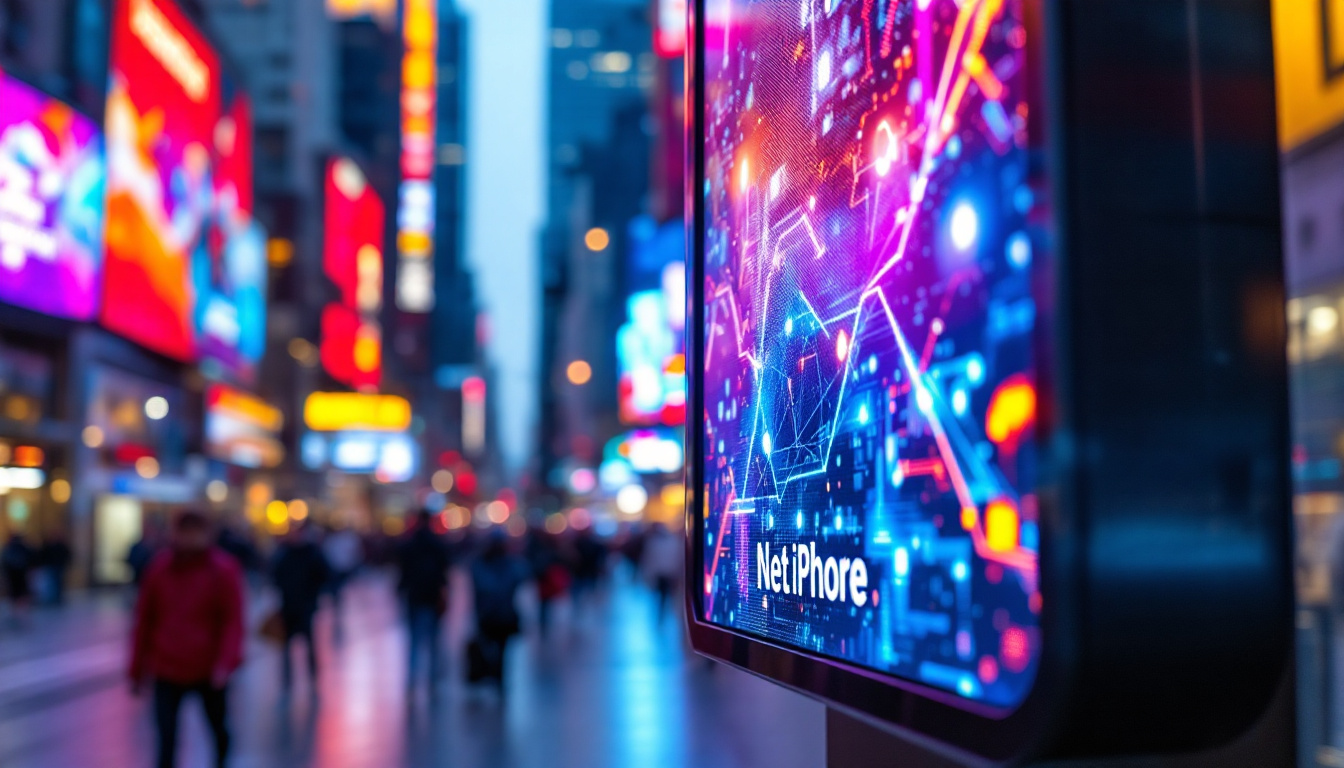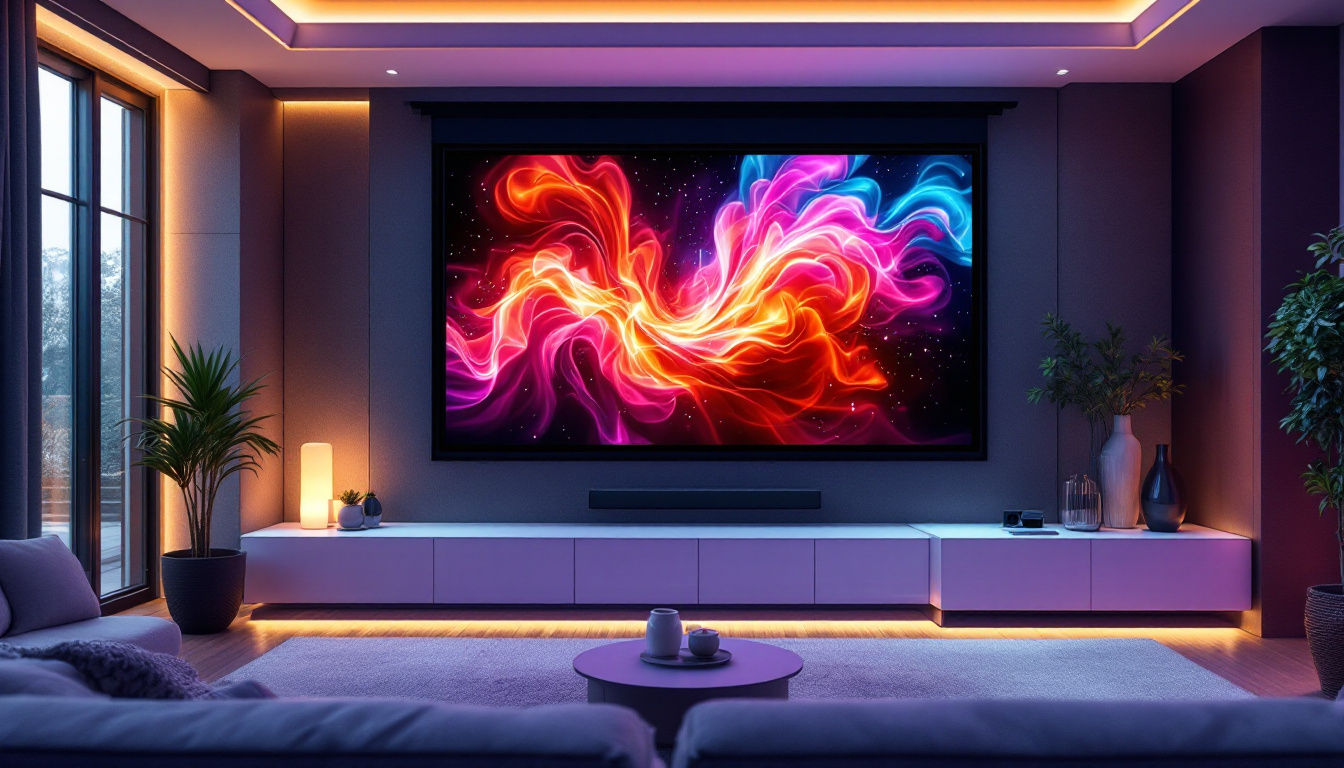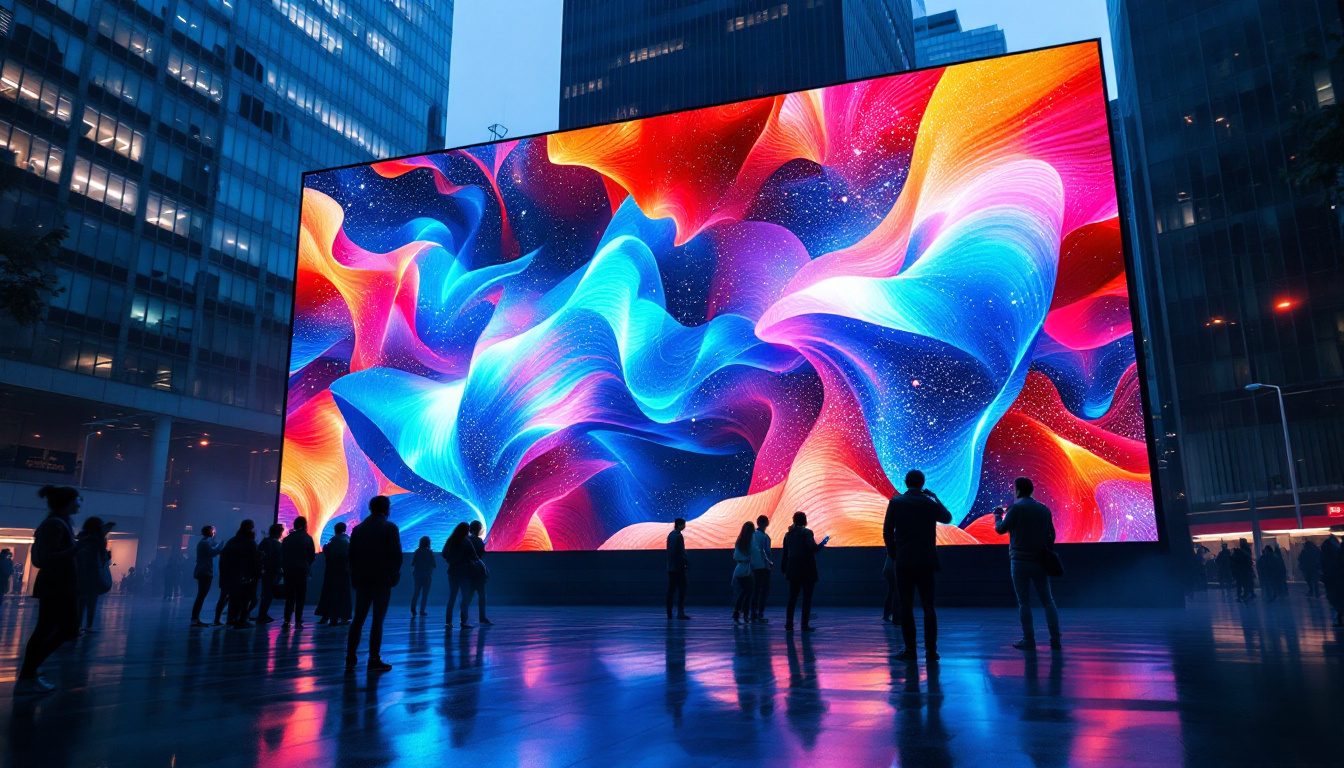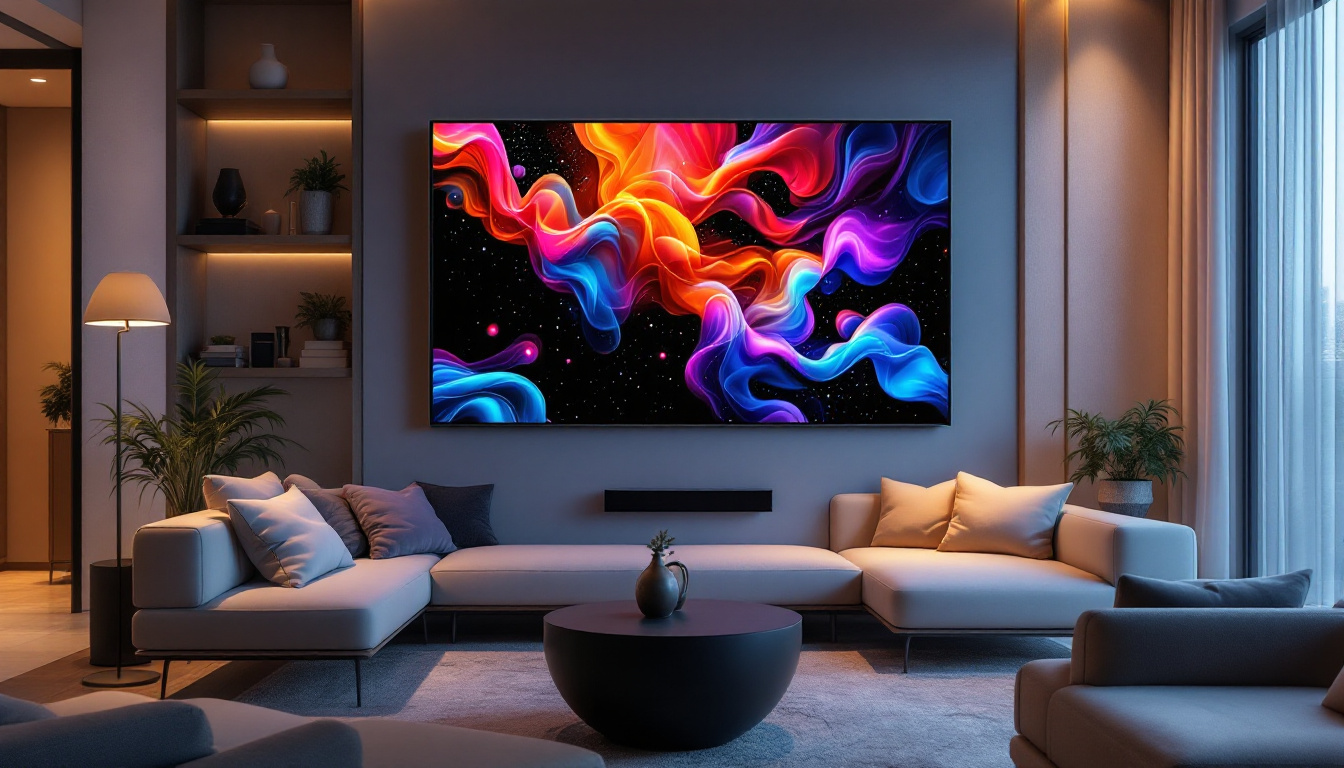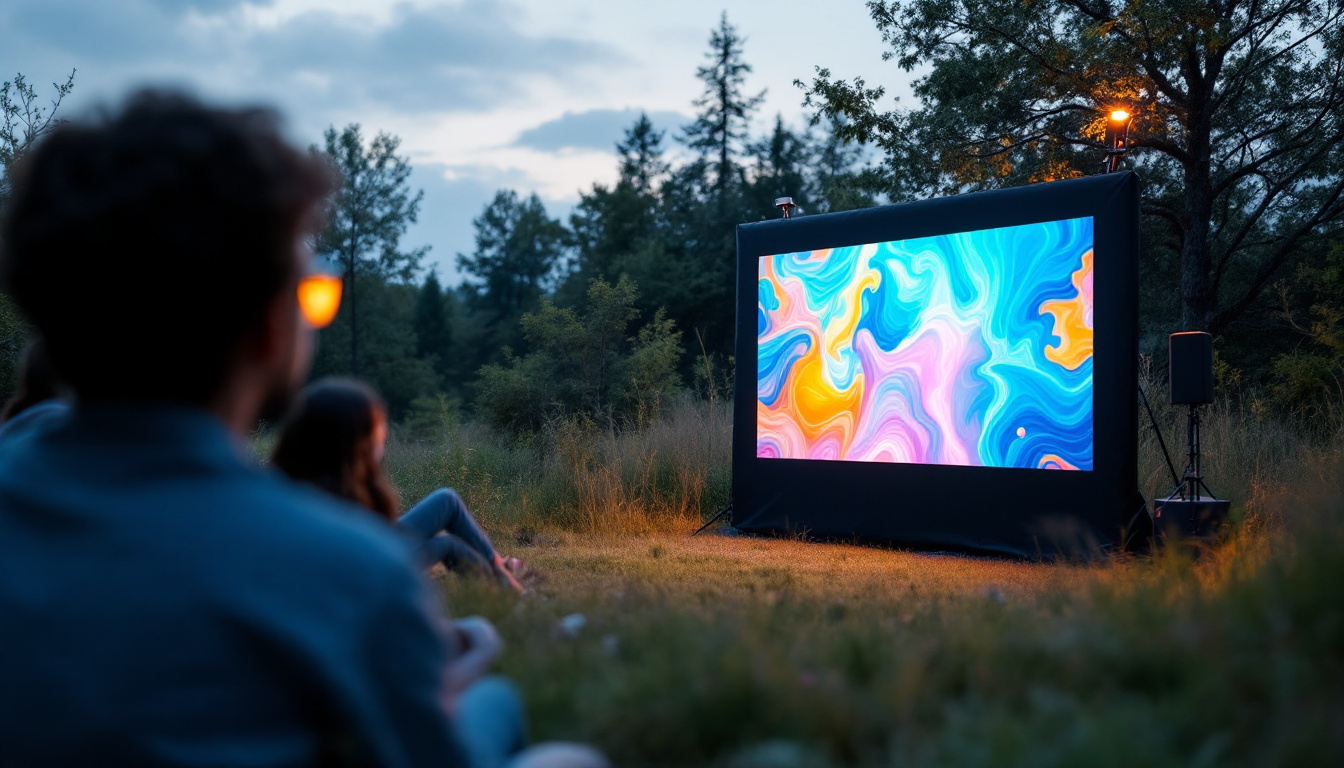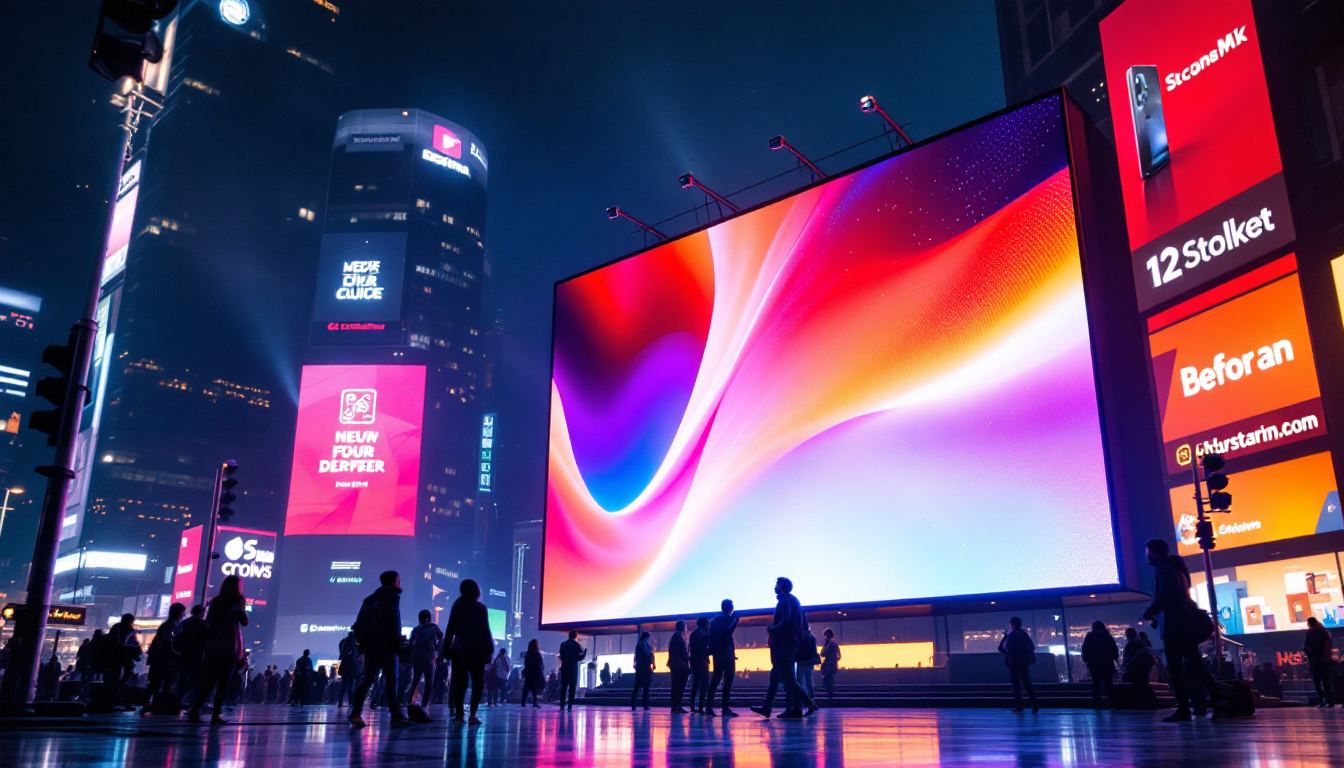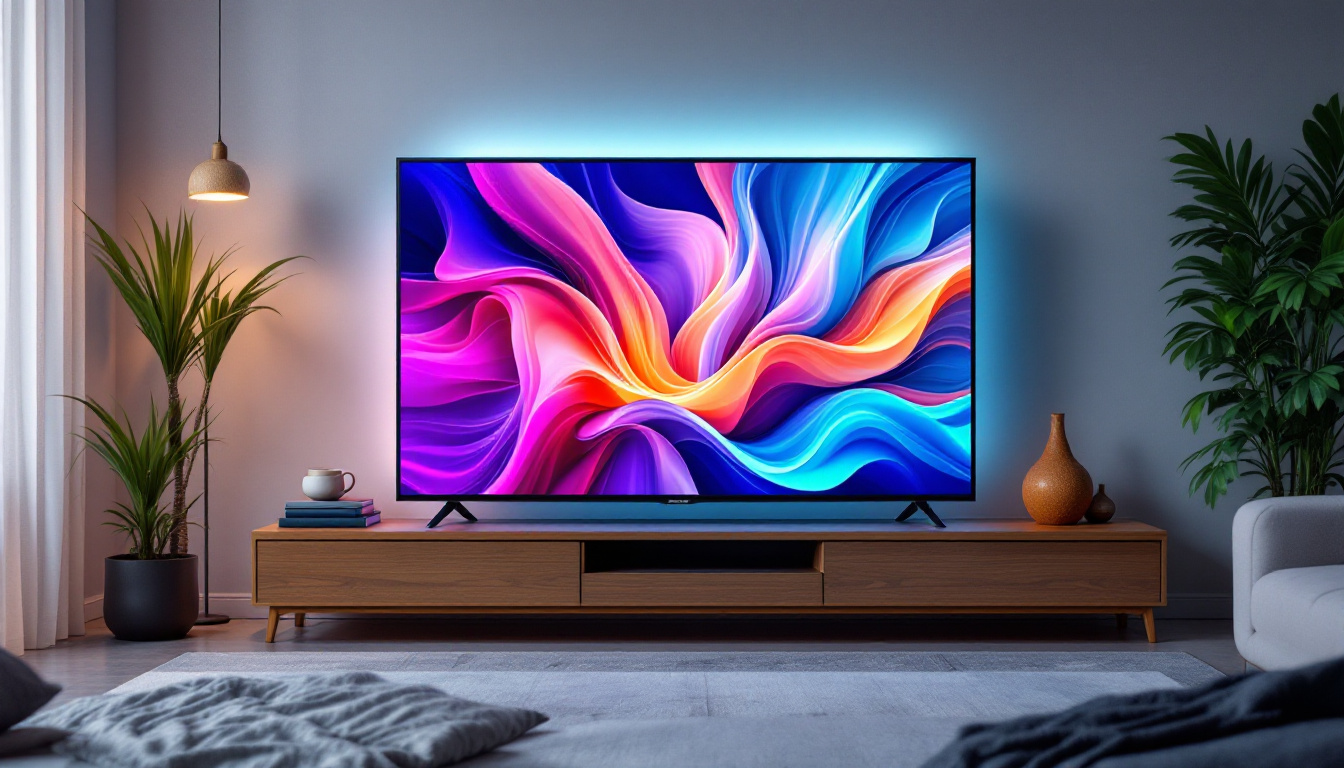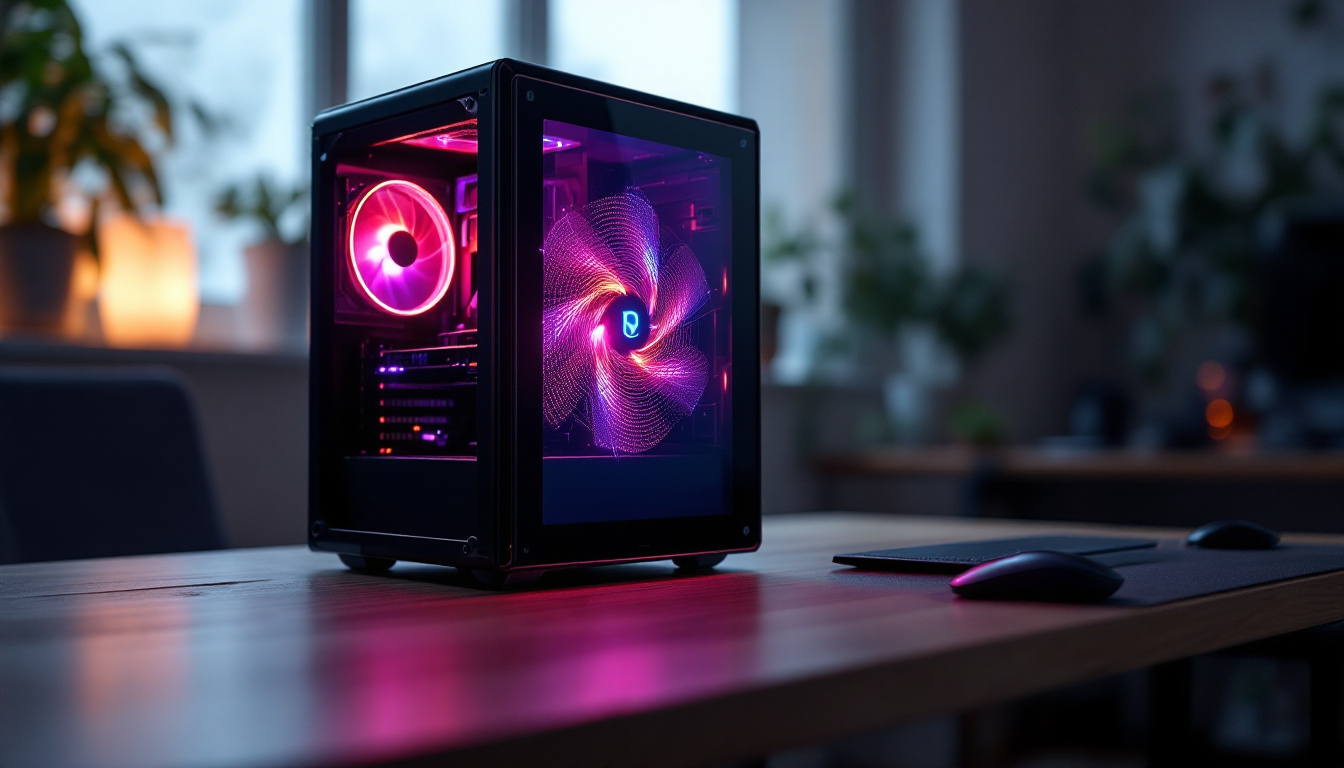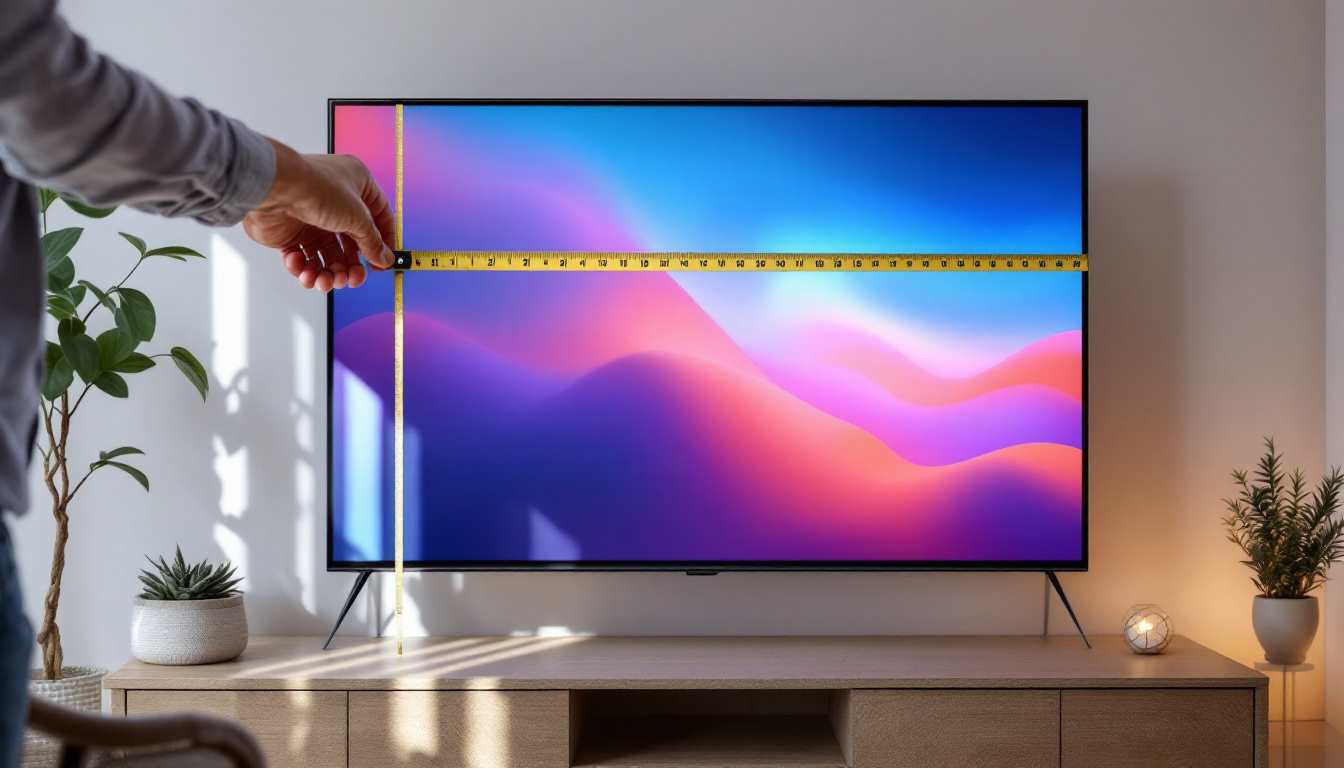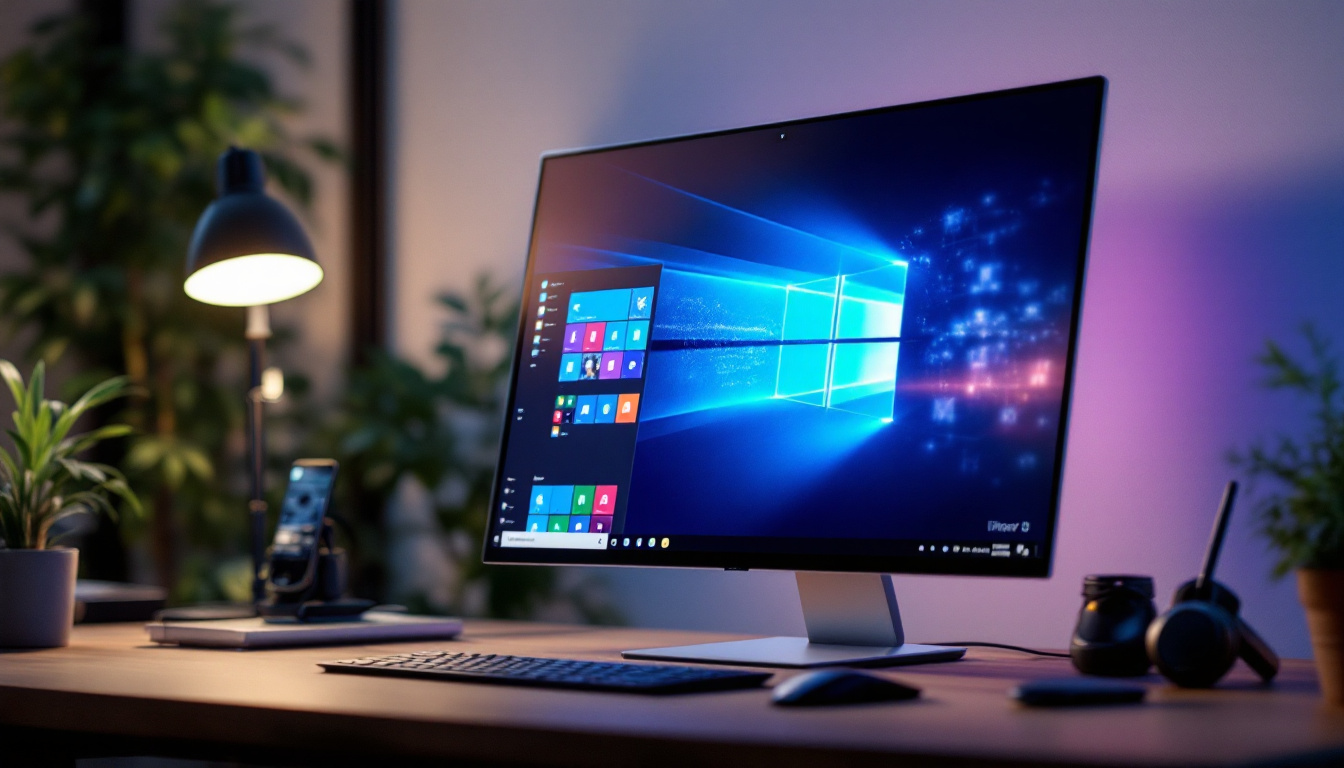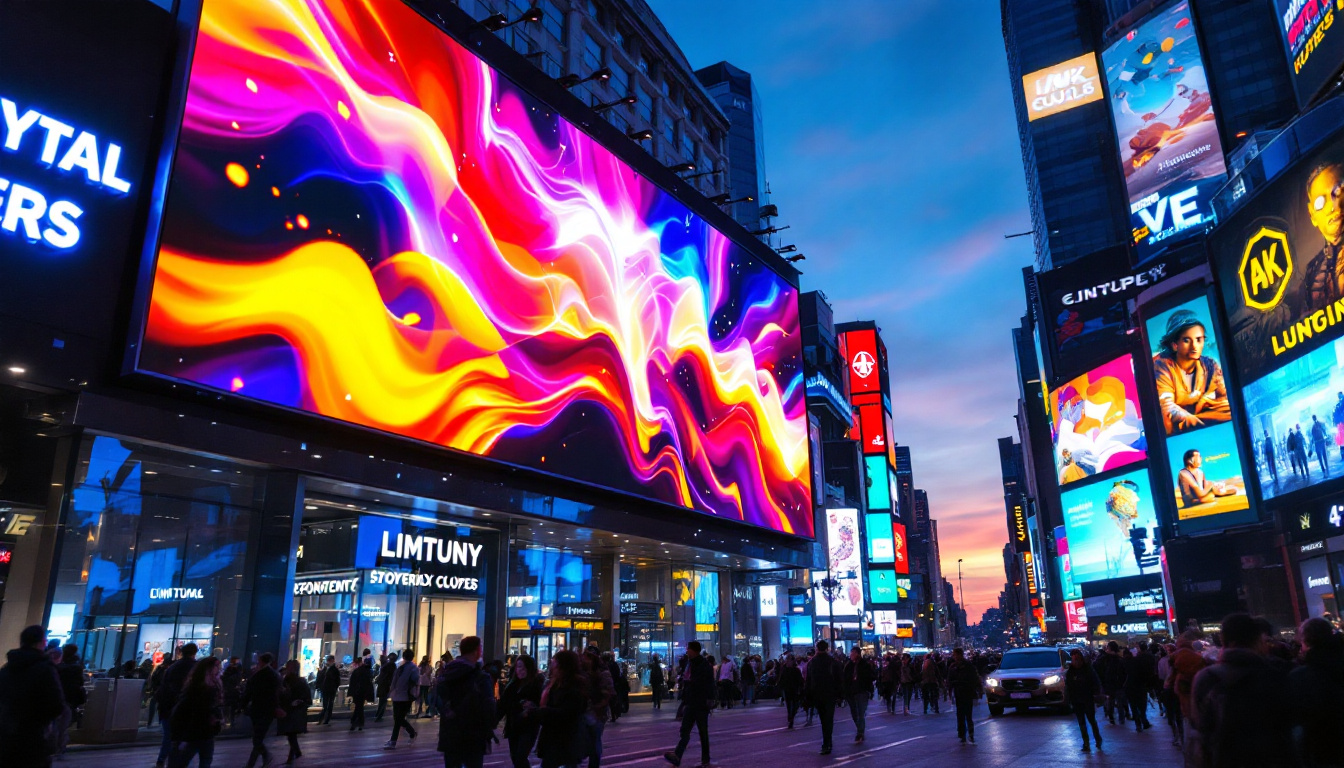In an era where visual communication is paramount, LED displays have emerged as a pivotal technology in various sectors. From advertising billboards to conference room presentations, understanding LED screen dimensions is crucial for making informed decisions. This article delves into the intricacies of LED displays, their dimensions, and the factors that influence their selection.
Understanding LED Technology
LED, or Light Emitting Diode, technology has revolutionized the way images and videos are displayed. Unlike traditional LCD screens, LED screens utilize an array of tiny diodes that emit light when an electric current passes through them. This technology not only enhances brightness and color accuracy but also improves energy efficiency. The lifespan of LED displays is another significant advantage, often lasting tens of thousands of hours, which reduces the need for frequent replacements and contributes to lower overall maintenance costs.
The Basics of LED Displays
At its core, an LED display consists of a matrix of individual pixels, each made up of red, green, and blue diodes. By adjusting the intensity of these colors, a wide spectrum of hues can be produced, allowing for stunning visuals. The resolution of an LED screen is determined by the number of pixels it contains, which directly impacts the clarity of the images displayed. Higher resolution screens, such as 4K and beyond, provide an immersive viewing experience, making them a popular choice for both home entertainment systems and professional applications like digital signage.
Types of LED Displays
There are several types of LED displays, each designed for specific applications. Common types include:
- Indoor LED Displays: These are typically used in venues such as theaters and conference rooms, where viewing distances are shorter. Their ability to deliver high-quality images in controlled lighting conditions makes them ideal for presentations and live events.
- Outdoor LED Displays: Built to withstand weather conditions, these displays are often found in stadiums and on building facades. They are engineered to be bright enough to be seen in direct sunlight, ensuring that advertisements and announcements are visible at all times.
- Transparent LED Displays: These innovative screens allow light to pass through, making them ideal for retail environments where visibility is key. They can be integrated into windows or glass walls, creating a seamless blend of digital content and physical space, which enhances customer engagement.
In addition to these types, there are also specialized LED displays such as flexible LED screens, which can be bent and shaped to fit unique spaces, and high dynamic range (HDR) displays, which provide an expanded range of colors and contrast. These advancements in LED technology continue to push the boundaries of what is possible in visual displays, making them an exciting area of innovation in both consumer and commercial markets. As the technology evolves, we can expect even more applications that leverage the benefits of LED, from art installations to immersive environments that captivate audiences in new and dynamic ways.
Key Dimensions of LED Screens
When selecting an LED display, understanding its dimensions is essential. The size of an LED screen is typically measured diagonally, similar to other display technologies. However, several other dimensions play a crucial role in determining the suitability of an LED display for a specific application.
Diagonal Size
The diagonal size of an LED screen is the most commonly referenced measurement. It is important to note that larger screens can provide a more immersive viewing experience, but they also require more space. The diagonal size is usually expressed in inches, and common sizes range from 32 inches for smaller displays to over 100 inches for large installations.
Aspect Ratio
The aspect ratio refers to the proportional relationship between the width and height of the screen. Common aspect ratios include:
- 16:9: The standard for most televisions and video content.
- 4:3: Often used for older television formats and some presentations.
- 1:1: Commonly used for social media displays and certain advertising formats.
Choosing the right aspect ratio is essential for ensuring that content is displayed without distortion and fits the intended viewing environment.
Pixel Pitch
Pixel pitch is a critical measurement that refers to the distance between the centers of two adjacent pixels. It is usually measured in millimeters and significantly affects the display’s resolution and viewing distance. A smaller pixel pitch means higher resolution and is ideal for close-up viewing, while a larger pixel pitch is suitable for larger audiences viewing from a distance.
Factors Influencing LED Screen Dimensions
Several factors influence the selection of LED screen dimensions, including the intended use, environment, and audience size. Understanding these factors can help in making the right choice for any application.
Intended Use
The purpose of the LED display plays a significant role in determining its dimensions. For instance, a screen used for advertising in a busy urban area may need to be larger and brighter to capture attention from a distance. Conversely, a screen used for presentations in a small conference room may require a smaller size with a higher resolution for clarity.
Viewing Distance
Viewing distance is another critical consideration. The further away the audience is from the screen, the larger the display needs to be to ensure visibility. For example, an outdoor billboard may be viewed from hundreds of feet away, necessitating a larger display with a coarser pixel pitch, while an indoor screen in a meeting room can be smaller with a finer pixel pitch.
Environment
The environment in which the LED display will be installed also impacts its dimensions. Outdoor displays must be robust enough to withstand weather conditions and often require larger sizes to be visible in bright sunlight. In contrast, indoor displays can afford to be smaller and may prioritize resolution over size.
Calculating the Right Size for Your Needs
Determining the right size for an LED display involves careful calculation and consideration of several factors. Here’s a practical approach to ensure the selected dimensions meet the requirements.
Assessing the Space
The first step in calculating the right size is assessing the available space where the display will be installed. Measure the area to determine the maximum dimensions that can fit without obstruction. Additionally, consider the height and width of the viewing area to ensure that the display is proportionate.
Determining Viewing Distance
Next, consider the average viewing distance from which the audience will be watching the display. A general rule of thumb is that the pixel pitch should be approximately one-third of the viewing distance in feet. For example, if the viewing distance is 30 feet, a pixel pitch of 10mm or smaller would be appropriate for optimal clarity.
Content Type
The type of content that will be displayed also influences the size and resolution. High-definition video content requires higher resolution and, consequently, smaller pixel pitches. Conversely, static images or text may not require as high a resolution, allowing for larger pixel pitches and potentially larger screens.
Common Applications of LED Displays
LED displays have a wide range of applications across various industries. Understanding these applications can provide insight into the specific dimensions and features that may be necessary.
Advertising and Marketing
In the advertising sector, LED displays are used for billboards, storefronts, and event promotions. These displays often feature larger dimensions to attract attention from a distance. High brightness and vivid colors are essential for ensuring visibility in bright environments.
Corporate and Educational Settings
In corporate environments, LED screens are commonly used for presentations, video conferencing, and digital signage. Here, the focus is on clarity and resolution, leading to smaller screens with finer pixel pitches. educational institutions also utilize LED displays for interactive learning and presentations, often opting for screens that facilitate engagement.
Entertainment Venues
In entertainment venues, such as stadiums and concert halls, LED displays are integral for enhancing the audience experience. These displays are typically large and designed to be viewed from significant distances. High refresh rates and brightness levels are crucial for displaying fast-moving content, such as live sports or concerts.
Future Trends in LED Display Technology
The LED display industry is continually evolving, with advancements in technology leading to new possibilities. Understanding these trends can help anticipate future needs and applications.
Mini and Micro LED Technology
One of the most significant trends is the development of mini and micro LED technology. These smaller diodes allow for higher pixel densities, resulting in improved resolution and color accuracy. As this technology becomes more widespread, it is expected to revolutionize the design and functionality of LED displays.
Flexible and Curved Displays
Another emerging trend is the rise of flexible and curved LED displays. These displays can be shaped to fit various environments and applications, allowing for innovative designs that were previously unattainable. This flexibility opens up new possibilities for advertising, architecture, and entertainment.
Integration with Smart Technology
As smart technology continues to advance, LED displays are increasingly being integrated with IoT devices and smart systems. This integration allows for real-time content updates, enhanced interactivity, and improved user experiences. The future of LED displays will likely see more intelligent systems that adapt to viewer preferences and environmental conditions.
Conclusion
Understanding LED screen dimensions is essential for anyone looking to invest in this technology. By considering factors such as intended use, viewing distance, and environment, one can make informed decisions that meet specific needs. As LED technology continues to evolve, staying abreast of trends and advancements will ensure that users can leverage the full potential of LED displays in their applications.
Whether for advertising, corporate use, or entertainment, the right LED display can significantly enhance visual communication and engagement. As the industry progresses, the possibilities for LED displays will only continue to expand, making them an invaluable tool in the modern world.
Discover the Future of Visual Experience with LumenMatrix
Ready to elevate your visual communication with cutting-edge LED technology? LumenMatrix is at the forefront of innovation, offering a diverse range of LED display solutions tailored to your unique needs. From immersive Indoor LED Walls to dynamic Outdoor Displays and beyond, our mission is to transform your brand’s visibility and audience engagement. Don’t miss the opportunity to create unforgettable visual experiences. Check out LumenMatrix LED Display Solutions today and step into the future of digital signage.

